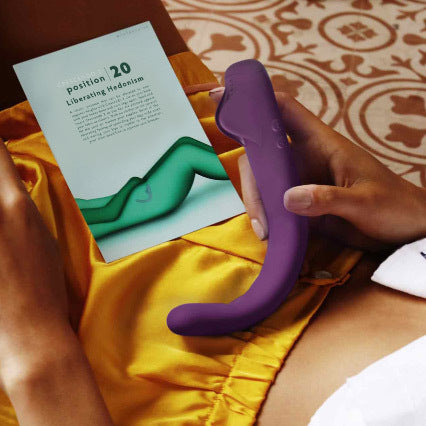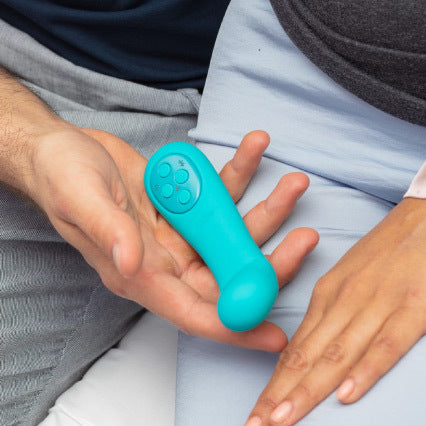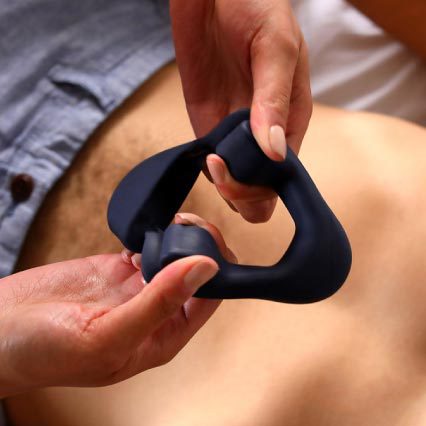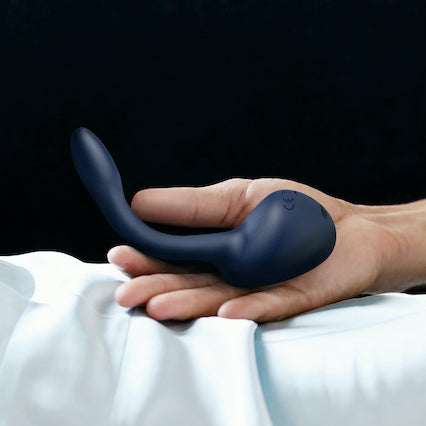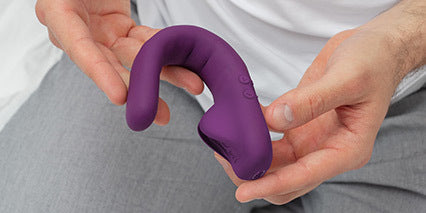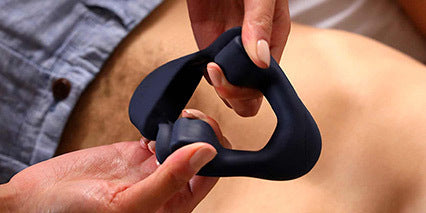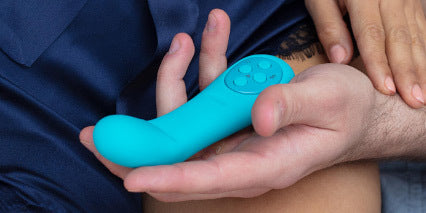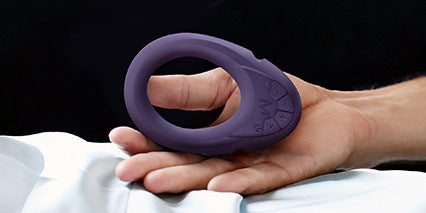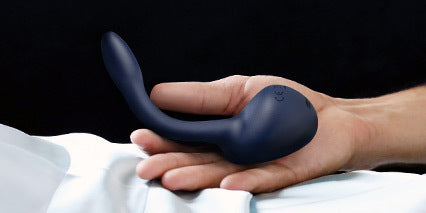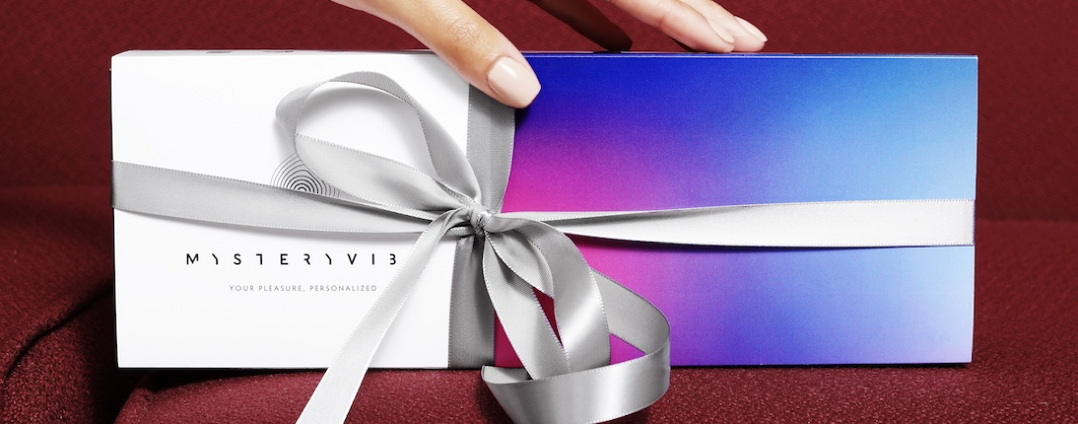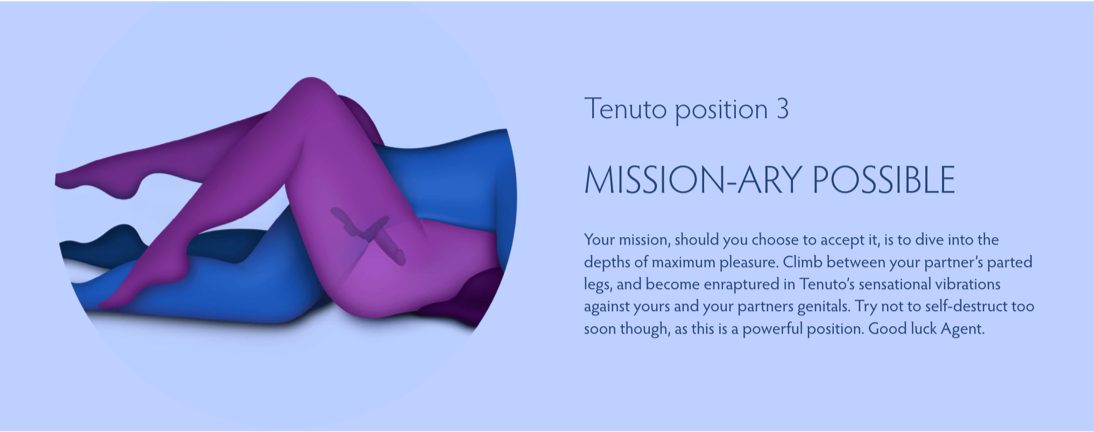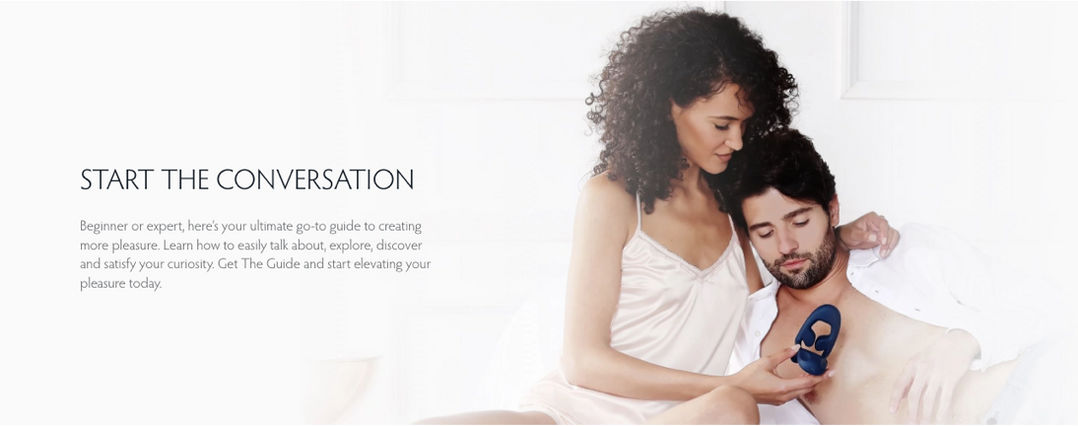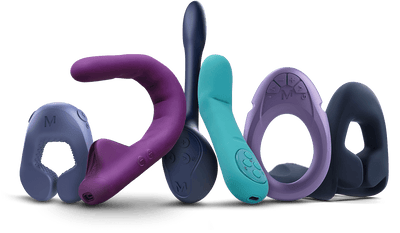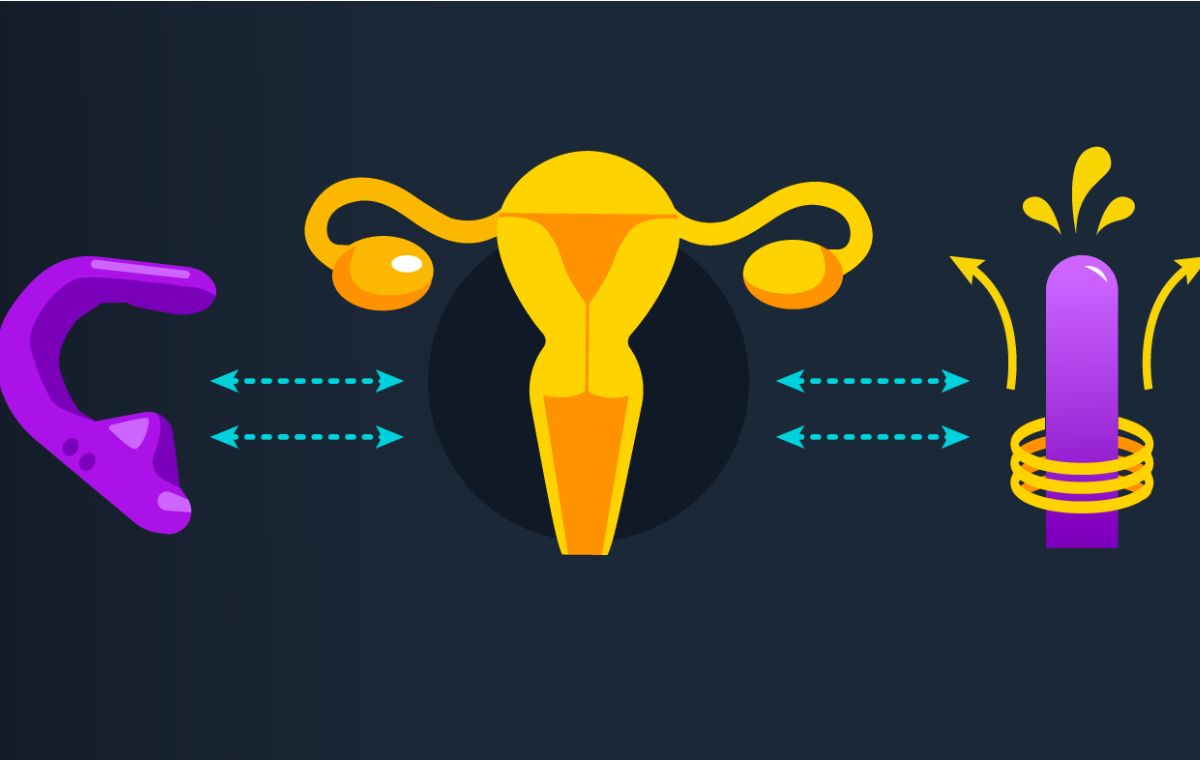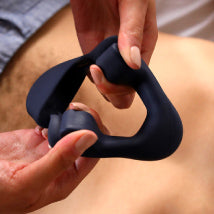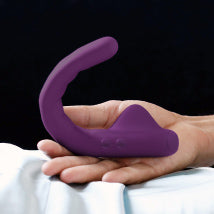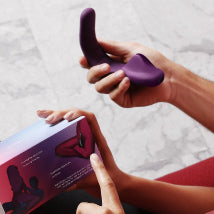Wouldn't it be nice if you and your partner had perfectly matched sex drives? When you're in the mood, he is; when you're not in the mood, she doesn't show any interest. Unfortunately, in reality, it doesn't work that way as often as most people would like. Around 80% of couples in one study admitted to a libido discrepancy at least once in the past month -- and that number can increase substantially when you look at longer time frames. Are you struggling with sex drive differences in your relationship? The good news is, you're not alone, and there are things you can do to work out the difference. Like many things in a relationship, healthy sex is about compromise and communication -- and a little creativity doesn't hurt, either!
Common sex drive differences
Everyone's heard the familiar complaints: men with high sexual urges who pressure their wives or partners into sex whether they're in the mood or not; women who don't seem to want sex no matter what their men do to convince them to get in the mood. Men feel like they're trying everything; women complain that their partners don't understand what really puts them in the mood.
Sound familiar? More intriguingly, while that might be the stereotype, how does it compare to what people actually tend to experience in their relationships?
Men vs. Women
In general, men naturally have a higher sex drive than their female partners. Male sex drive appears to have a more highly biological component, with men remaining consistently aroused no matter what else might be going on around them. Women, on the other hand, are much more susceptible to environmental factors, and more things can cause a woman to struggle with sexual desire.
That doesn't, however, automatically mean that men must have a higher sex drive than their partners. In fact, one in five men struggles with low sex drive. When you approach your relationship assuming that stereotypes will hold true, it can create even more frustration when your sex drives don't match up--especially if the female in your relationship happens to be the one with the higher sex drive.
Sex drive by age
For years, we've heard that men and women are incompatible when it comes to sex drive: while men experience their peak sex drive in their twenties, women are usually older when they reach that milestone, right?
More recent research suggests that might not be true after all. In fact, a larger percentage of both men and women tend to experience their peak libido between the ages of 18 and 25. While that may vary due to a range of factors, women do experience decreasing sex drive as they enter their forties and the natural level of testosterone in their bodies drops significantly. Men over the age of 35 may experience around a 1% drop in testosterone levels, which can be a main driver of sexual desire, every year. As women hit their forties, on the other hand, they may experience a significant drop in sexual desire, especially as they hit perimenopause. As a side effect of menopause, the drop in sexual desire may be even more pronounced as a woman reaches 50 or beyond. While men do see a corresponding decrease in sexual desire as they hit their later years, that drop might not be as pronounced as his partner's, or might take longer to occur.
What to do when you're living with sex drive differences
 Even knowing how common it is doesn't make a sex drive difference in your relationship easier to deal with. Both the partner with the higher sex drive and the partner with the lower sex drive may struggle with feeling unfulfilled, misunderstood, or unappreciated. The partner with the high sex drive may feel driven to engage in more sexual activity and frustrated by a lack of participation or willingness from their partner, while the partner with lower sex drive may feel consistently pressured or worry about disappointing their partner. Fortunately, you can take steps to decrease the problems associated with mismatched sex drive in your relationship.
Even knowing how common it is doesn't make a sex drive difference in your relationship easier to deal with. Both the partner with the higher sex drive and the partner with the lower sex drive may struggle with feeling unfulfilled, misunderstood, or unappreciated. The partner with the high sex drive may feel driven to engage in more sexual activity and frustrated by a lack of participation or willingness from their partner, while the partner with lower sex drive may feel consistently pressured or worry about disappointing their partner. Fortunately, you can take steps to decrease the problems associated with mismatched sex drive in your relationship.
1. Identify the reasons behind your differences
Some sex drive differences are lifelong challenges for couples who live with them. In many cases, one member of your partnership simply has a higher sex drive than the other. That partner may naturally be more sexual and want to engage in more sex.
Other times, however, there's something else that accounts for significantly lower libido in one partner. In fact, the partner with the higher sex drive in your relationship can fluctuate significantly through the years. Take a look at things like:
- Stress levels
- Illness
- Feeling otherwise disconnected from the relationship
- Distraction
- Depression or anxiety
- An appearance of disinterest due to prior performance issues or struggles
Sometimes, identifying the reasons behind sex drive differences can give you the chance to fix some of those differences. For example, if you discover that one partner has a lower sex drive due to distraction over piles of chores, simply taking over some of those responsibilities might just help revitalize your sex life. You might also find that your partner's sexual desire is more intense during a different time of the day, making it worth changing your routine to get the sex you crave. Other times, simply understanding the difference between your sexual desires can make it easier not to take a denial--or the pressure for sex--personally.
2. Get to know how you and your partner experience love
There's a lot of hype out there about love languages, but there's a reason behind the hype: different people experience love in different ways and, unsurprisingly, a lot of people with high sex drives experience love through physical touch. Your sex drive--or lack thereof--does not, however, automatically define your love language. In fact, when you really start digging, you may be surprised by what communicates love to you the most.
When you understand how your partner experiences love, you can do a better job of meeting their needs. For the partner with a lower sex drive, meeting their needs can increase that sense of connection and, often, increase desire. Who would have thought that complimenting your spouse, or taking care of a few chores around the house, or bringing home flowers could substantially increase sexual desire? On the other hand, the partner with the high sex drive may feel more satisfied with the relationship in general when those other needs are being met.
Even if you experience love most through physical touch and have a higher sex drive than your partner, you may find that you feel more satisfied when your partner physically expresses love in other ways. Receiving a massage, cuddling on the couch, or holding hands as you walk down the street together can all help you feel more physically connected without requiring as much sex.
3. Make a conscious effort to set aside time for sex
Sometimes, today's busy schedules make it difficult to set aside time for sex with your partner--and you may find that it's difficult to find the energy to connect sexually at the end of a long, busy day. If a libido difference is starting to have a negative impact on your relationship, however, it's time to address it--and that may start with scheduling sex.
Set aside a specific time that's just for the two of you. Set an appointment for sex each week or each month, depending on where your sexual desires mesh. If you're the partner with the higher desire, try to do some things to take the pressure off for your partner, whether that means taking over a chore for them on those days or retiring to bed a little earlier (even if you have to turn off the television or stop scrolling social media to make it happen).
Three things happen when you deliberately make time for sex with your partner. For the partner with the lower libido, it can take some of the pressure off: that is, you may no longer feel as though every touch or look is an invitation to sex. For the partner with the higher libido, scheduling sex can make anticipation sweeter and take off some of the drive to push your partner toward sex every time you have a moment alone together. Having sex on a regular basis can also help increase the sex drive of the partner with lower libido.
4. Find ways to compromise
In any relationship, you're going to make a lot of compromises. Many things that one partner enjoys and the other one doesn't, you can find ways to do on your own. Because sex is so highly personal--and such an important part of your connection--it can be difficult to reach a compromise, especially if you feel that your needs or desires are being ignored. However, there are several ways you can find a happy medium in your sexual relationship--one that satisfies both of you. Try some of these suggestions:
Ask if the partner with the lower sex drive will "help out" the partner with the higher drive. You may start with masturbation from the partner with the higher libido, but ask the partner with the lower sex drive to assist; or, you might ask for oral or manual stimulation to help the partner with the higher sex drive to reach orgasm.
Use a vibrator to help with masturbation. Sometimes, the partner with the higher sex drive may find that masturbation helps satisfy the urge and decreases urgency. A vibrator can also help ramp up pleasure for the partner with lower sexual desire.
Experiment with new things. Break out of the mold and try something different. Talk with your partner about fantasies you might like to try out together. Try something that excites you both. Sometimes, just talking about your fantasies with your partner can increase arousal and interest. Other times, you may find that acting out a fantasy brings new excitement and enjoyment to the bedroom, which can help increase interest in the partner with lower libido. You may also discover that experimentation and communication increase your partner's enjoyment of sex, which can naturally enhance sex drive. Try out new positions, experiment with a vibrator from the MysteryVibe line, or try a new kind of stimulation. If your sex routine typically starts and ends with penetration-based sex, try adding in oral or manual stimulation (or use the vibrations from a vibrator to enhance your partner's pleasure). Many women, in particular, find that clitoral stimulation adds much more to the experience than penetration--and enhanced satisfaction makes her more likely to want to have sex again!
Living with mismatched sex drive can hurt -- but you can find ways to revitalize your relationship and feel more connected to your partner again. Looking for a vibrator to jazz up your solo masturbation sessions or your sessions with your partner? Contact MysteryVibe today to learn more about how you can enhance those important sexual interactions.

